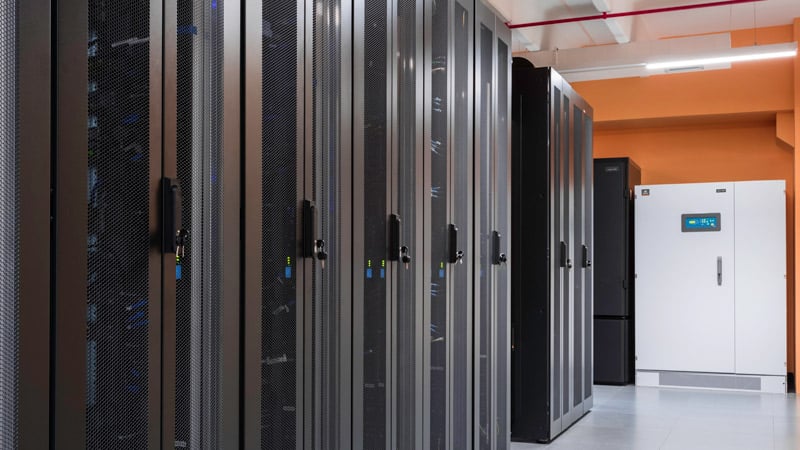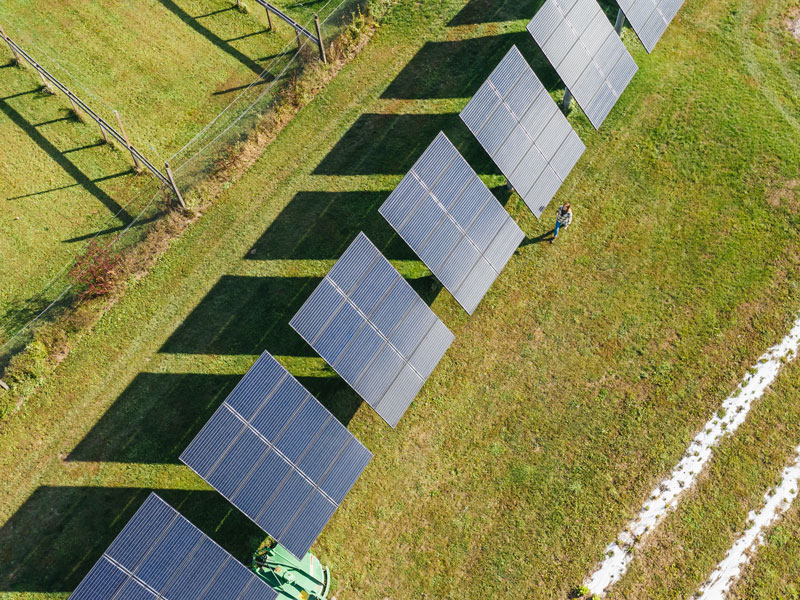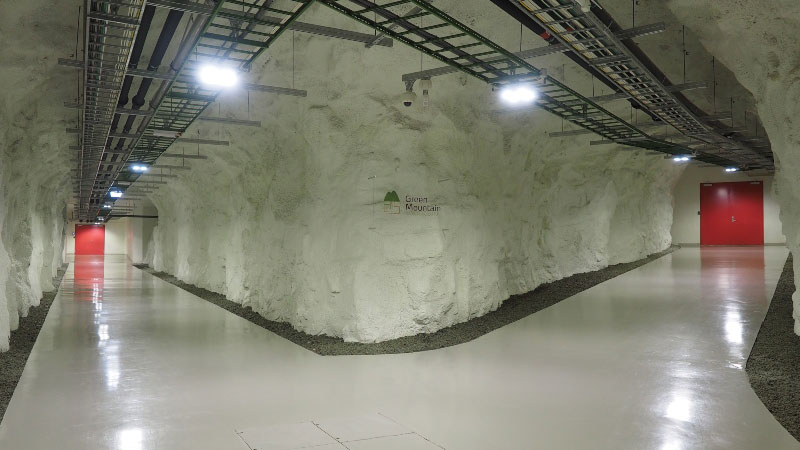The data center industry currently consumes between 1% and 3% of the world's electricity and is responsible for 0.5% of CO2 emissions, but could increase up to 20% by 2025, according to information cited by Data Center Market.
One of the most palpable success stories in the region regarding the implementation of more efficient technologies has been that of Telefónica S.A., one of the largest telecommunications companies in the world, which needed an update to the infrastructure of its data center located in Colombia.
The company was looking for a customized solution that included thermal management systems, power distribution, and monitoring, as well as professional installation and support services to implement efficient cooling solutions for the data center at the Celta headquarters. With Vertiv’s support, Telefónica has not only modernized its infrastructure but has also achieved a reduction from 68 kW/h to 41 kW/h in energy consumption and 40% savings in energy consumption of handling units by leveraging the operational advantages of the "Free Cooling" Chiller.
Industry data shows that IT thermal management systems account for an average of 40% of total energy consumption in a data center. Efficient cooling systems, like those used by Telefónica, can significantly reduce data center energy consumption related to the thermal Management systems.
Sustainable Advances in the Region
For Latin America and the Caribbean, the search for energy efficiency in the technology sector is a permanent challenge, as energy service demand is expected to double in the next 20 years, according to the IDB.
The search for sustainability has become a critical issue for the industry, which is why many companies adopt the use of more efficient and sustainable data center infrastructure. For example, a Chilean mining company implemented Vertiv™ Liebert® APM uninterruptible power supply systems with lithium-ion batteries, which allowed it to reduce its operating costs and carbon footprint.
In another case, one of the largest IT organizations in Latin America significantly reduced its carbon emissions by implementing high-efficiency thermal management systems and renewable energy sources, contributing to an outstanding energy usage effectiveness (PUE) of 1.08.
Meanwhile, a Paraguayan company developed a solution to power mobile base radio stations through solar energy, allowing it to provide a more reliable energy supply in an area with low population density and no existing phone services. The project results included deployment of optimized data center cooling and a continuous increase in energy efficiency.
Use of Efficient Technologies
Due to the projected annual compound growth rate (CAGR) of 7.52% between 2021 and 2026 in the construction of data centers in Latin America, according to Mordor Intelligence, the implementation of technologies that reduce the carbon footprint must be a priority for the region. Some of these strategies include:
-
Use of renewable energy: The adoption of renewable sources, such as solar or wind power, can have a significant impact on reducing the carbon footprint.
-
Modular designs: Modular data center infrastructure is gaining ground within the sustainability strategies of operators, due to their ability to add capacity relatively quickly compared to other options, and the ability to integrate new efficient technologies into the design and manufacturing processes, such as liquid cooling and intelligent power systems.
Learn more about environmental impact reduction solutions and other highly efficient technologies designed to reduce operating costs and improve data center reliability in this Vertiv guide.











